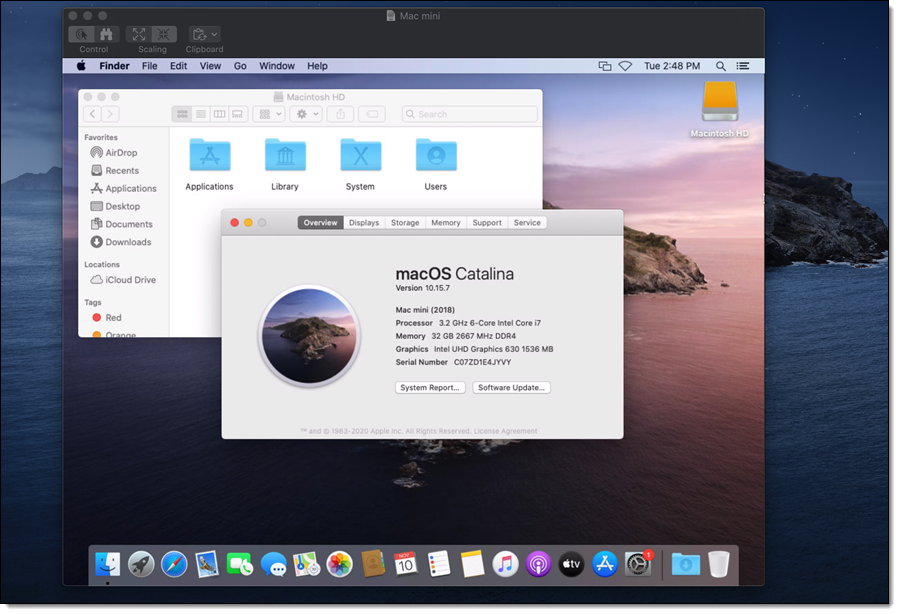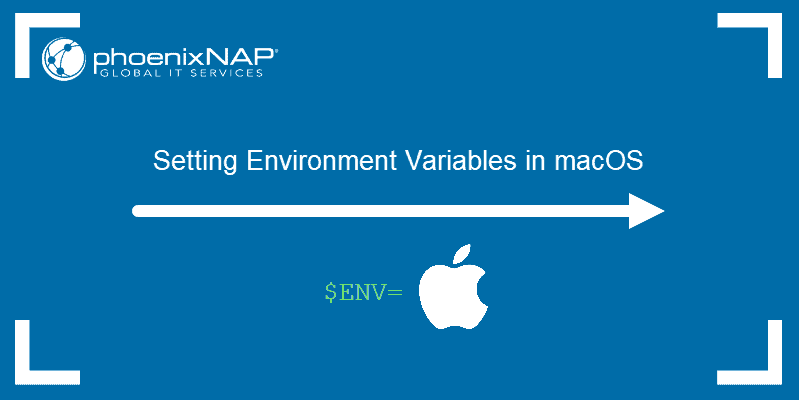
Overall, LXC is most suited to people who need to run isolated Linux environments with minimal resource overhead. So, if you want to run apps that require one of these systems, you should consider a different platform like Docker. This is because LXC containers rely on the host kernel directly. LXC, unlike some other containerization services, can not run Mac OS or Windows. You can easily run Red Hat or CentOS on this machine using LXC containers. So, say your host machine is running Ubuntu. Plus, you can spin up any Linux distribution regardless of the host. It runs on almost every architecture and in the cloud effortlessly. Moreover, LXC also has in-built support for various Linux hardening policies such as Apparmor and SELinux profiles as well as Chroots. Namespaces are responsible for hiding the process space and resource information of one container from others. The main design principle of cgroups aka ‘Control Groups’ is to provide resource limitation, prioritization, accounting, and control. They were first added to the kernel since version 2.6.24. The primary components it relies on are namespaces and cgroups. Rather, it utilizes host containment features provided directly by the Linux kernel. LXC does not use any fancy resource control mechanisms like hypervisors. LXC, unlike other OS-level virtualization tools, provide much better Linux environments. This makes it ideal for building, testing, and deploying cloud-native software.

It provides a large number of benefits over monolithic virtual machines by reducing the resource load on the host machine. So, what is LXC? As we’ve already said, it’s a virtualization service that allows us to spin clusters of isolated Linux environments. Linux Containers: Features and Fundamentals We will also show you how to install and get started with LXC. In this post, we describe the various features and benefits of LXC as well as when to choose this over other containerization services. If you’re a Linux admin who wants to learn about LXC in detail, then this is the perfect guide for you.

All in One Guide for Mastering Linux Containers

In this guide, we will provide our readers with a working knowledge of LXC, a robust system-level virtualization tool for Linux. There’s a huge difference between traditional hypervisor-based virtual machines like VMware and OS-level virtualization services like Docker and Linux Containers (LXC). A container is an isolated environment that facilitates microservices and offers benefits like superior scaling and rapid deployment. Containers sit at the core of such cloud-native applications. Companies like Amazon and Netflix are using cloud platforms to deliver their most in-demand services. Microservices have been gaining steady popularity since the cloud uprising.


 0 kommentar(er)
0 kommentar(er)
